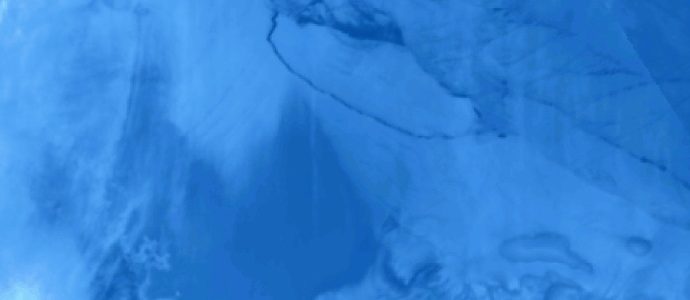East Antarctica Ice Shelf Collapse Takes Scientists by Surprise
An ice shelf in East Antarctica the size of Rome collapsed on March 15, the culmination of decades of an increasing warming trend seen at both of the planet’s poles. The collapse, announced in a tweet posted by Woods Hole Oceanographic Institute and NASA planetary scientist Catherine Walker, took scientists by surprise,read more
